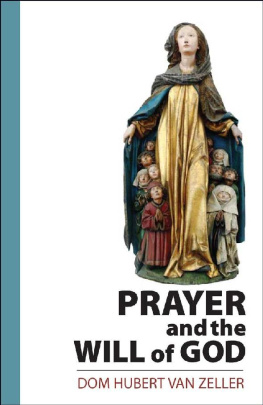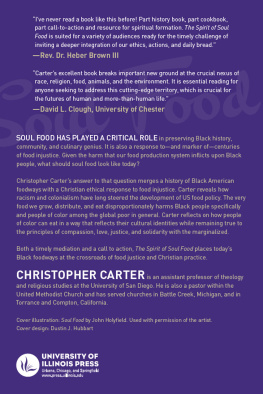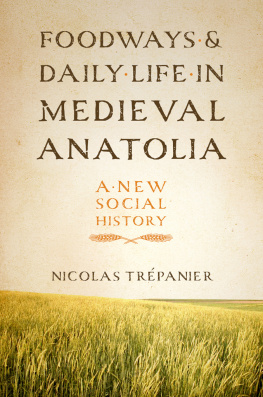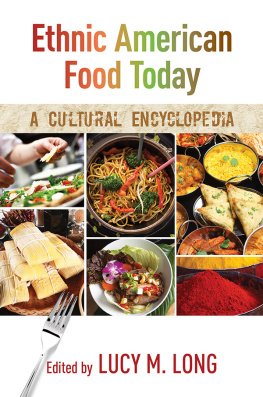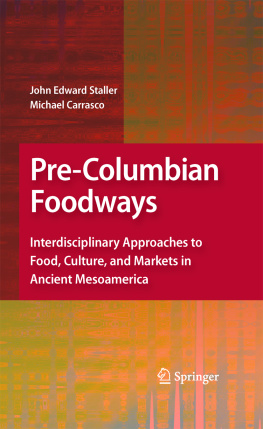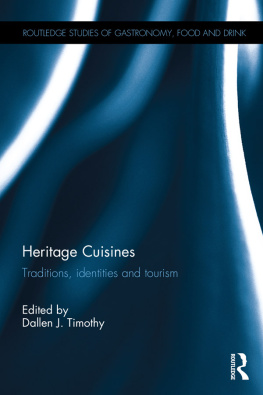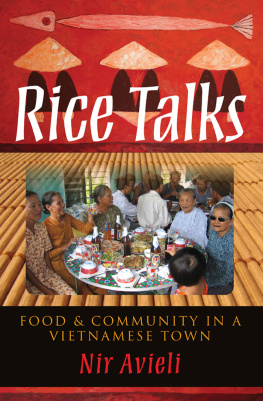RELIGION, FOOD, AND EATING IN NORTH AMERICA
ARTS AND TRADITIONS OF THE TABLE PERSPECTIVES ON CULINARY HISTORY
ARTS AND TRADITIONS OF THE TABLE
PERSPECTIVES ON CULINARY HISTORY
ALBERT SONNENFELD, SERIES EDITOR
follows the Index.
RELIGION, FOOD, AND EATING IN NORTH AMERICA
EDITED BY BENJAMIN E. ZELLER, MARIE W. DALLAM, REID L. NEILSON, AND NORA L. RUBEL
COLUMBIA UNIVERSITY PRESS
NEW YORK

Columbia University Press
Publishers Since 1893
New York Chichester, West Sussex
cup.columbia.edu
Copyright 2014 Columbia University Press
All rights reserved
E-ISBN 978-0-231-53731-5
Library of Congress Cataloging-in-Publication Data
Religion, food, and eating in North America / edited by Benjamin E. Zeller, Marie W. Dallam, Reid L. Neilson, and Nora L. Rubel.
pages cm. (Arts and traditions of the table: perspectives on culinary history)
Papers presented over four years at the Religion, Food, and Eating Seminar at the American Academy of Religion.
Includes bibliographical references and index.
ISBN 978-0-231-16030-8 (cloth : alk. paper) ISBN 978-0-231-16031-5 (pbk. : alk. paper) ISBN 978-0-231-53731-5 (e-book)
1. FoodReligious aspectsCongresses. 2. FoodNorth AmericaCongresses. 3. FoodCaribbean AreaCongresses. 4. Dinners and diningReligious aspectsCongresses. 5. Dinners and diningNorth AmericaCongresses. 6. Dinners and diningCaribbean AreaCongresses. 7. Food habitsNorth AmericaCongresses. 8. Food habitsCaribbean AreaCongresses. I. Zeller, Benjamin E., editor of compilation. II. American Academy of Religion.
BL65.F65R45 2014
203dc23
2013027854
A Columbia University Press E-book.
CUP would be pleased to hear about your reading experience with this e-book at cup-ebook@columbia.edu.
Cover image: Gallery Stock/Photovogue
Cover design: Jordan Wannemacher
References to websites (URLs) were accurate at the time of writing. Neither the author nor Columbia University Press is responsible for URLs that may have expired or changed since the manuscript was prepared.
For our mentors
CONTENTS
MARTHA L. FINCH
MARIE W. DALLAM
DAVID GRUMETT
JEREMY RAPPORT
LEONARD NORMAN PRIMIANO
ANNIE BLAZER
RACHEL GROSS
SUZANNE CRAWFORD OBRIEN
DEREK S. HICKS
SAMIRA K. MEHTA
ELIZABETH PREZ
KATE HOLBROOK
JEFF WILSON
NORA L. RUBEL
TODD LEVASSEUR
SARAH E. ROBINSON
BENJAMIN E. ZELLER
MARTHA L. FINCH
FOOD FOR THE body is not enough. There must be food for the soul. So wrote the social activist Dorothy Day in 1940 to illustrate the aims and purposes of the Catholic Worker movement. In her formulation of the ideal society, Day explicitly correlated soul with body and heaven with earth, affirming that both spiritual and material human needs must be met in order to achieve a world in which justice prevailed. Its a given, of course, that food nourishes and sustains human existence; yet it is far more than simply a biological requirement. Indeed, because it is necessary for basic human survival, food is at the heart of religious life: not only does it provide physical nourishment and sustenance, but those who eat also invest what is (and is not) eaten with deep and compelling values. That is, food serves as both material element and sacred symbol; to refocus Days formulation, food nourishes both body and soul. As this collection of essays reveals, sacred beliefs about food, on the one hand, and what people actually do with foodgrowing, harvesting, marketing, purchasing, preparing, offering, and consuming iton the other, cannot be severed. Attempting to consider one without the other tells less than half the story; the whole is greater than the sum of its parts. Sacred meanings and values, however an individual or group defines sacred, and everyday practices and experiences dynamically and continuously generate, reproduce, resist, and alter each other. This, Religion, Food, and Eating in North America lucidly and creatively demonstrates, is what makes religious food religious.
It doesnt take a great deal of reflection to recognize that food plays a critical role in all religious traditions and, within those traditions, in many doctrines and practices, both formal and informal. Throughout history and across religious communities in North America, individuals and groups have consumed or avoided particular foods and drinks to connect ritually with the divine, promote mystical experience, obey ethical principles, create and sustain distinct religious communities, achieve physical and spiritual health, celebrate religio-ethnic identities and traditions, reinforce or undermine religiously mandated gender roles, or improve society. The essays that follow investigate and disclose exactly what is religious about foodways among a variety of American groups, making this volume the first explicit effort to employ but then move beyond the customary themes in food studies analysis, such as identity, gender, ethnicity, boundaries, community, and commensality, to turn a clear eye on religion as another of these significant categories.
But the essays authors see religion and its relationship to food in many different ways. Some consider the more familiar influences of theological or institutional directives on members foodways, such as among Seventh-day Adventists and Unity adherents. Even in such cases, however, there were also larger social influences (e.g., Grahamism), confirming that religious institutions with their doctrinal mandates never exist in a cultural vacuum; they are continuously adopting and rejecting aspects of the societal norms in which they are embedded, as well as responding to the desires of their members. Other essays further confound neat understandings of religion; in attempting to untangle the complicated ways that sacred values and food practices intertwine, we discover a hybrid weaving together of ethnic and religious traditions, coupled with larger cultural forces, that together generate ongoing negotiation, adaptation, and innovation in food meanings and practices and personal and communal identities, whether in African American or Pacific Northwest Salish communities, in Jewish and Christian blended families, or among loosely affiliated white Buddhists. Moreover, their intellectual ideals regarding food and efforts to materialize those ideals afford some religious (and quasi-religious) Americans a venue both for personal transformation and for social engagement and activism: feeding the poor, saving the environment, treating animals humanely.
Attending to religion, food, and eating exposes the complex, heterogeneous, mutable, on-the-ground ways that food works as a primary creative force melding religion with all other facets of human (and nonhuman) life. Considering religious foodwaysthat is, how people invest seemingly mundane foods (gumbo, wine, salmon, raw kale, bagels, sugar, pork chops) and their production and consumption with sacred meanings and how they put, or avoid putting, those meanings and values into practice by eating and not eating alone and with others in particular times and particular settingsilluminates the exceedingly concrete, visceral ways that human beings go about being religious.
Food for the body and soul, indeed.
THIS BOOK is a direct outgrowth of the Religion, Food, and Eating in North America seminar, which convened at the Annual Meeting of the American Academy of Religion (AAR) from 2008 to 2012. In the seminar, contributors shared papers about religion and food-ways, and a wide range of interested parties discussed the projects. Although seminars are formally limited to twenty members, over the years much larger numbers of active participants attended the meetings and provided thoughtful feedback on the papers under discussion. As a result, the genuine contributor list for this book should be much lengthier than the short list of essay authors actually published here. The volume editors profoundly thank the dozens and dozens of people who attended the AAR sessions and offered feedback on these essays (and others) as the project took shape. We also thank the program committee and annual meeting directors at the AAR, who guided us through the process of creating the seminar. This anthology is a demonstration of what works best in the academy: the product of many eyes, ears, and hands that have crafted, reflected on, responded to, and collaborated within an extended conversation on an exciting new topic in the study of religion.
Next page


